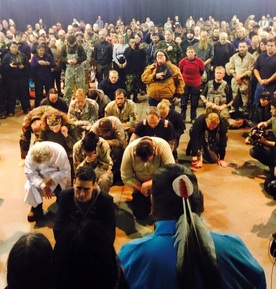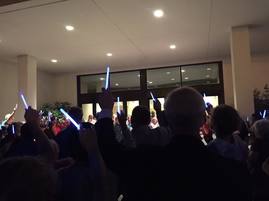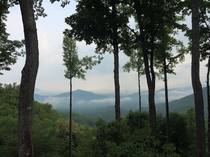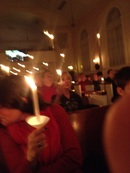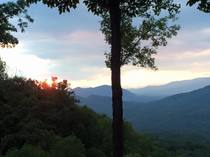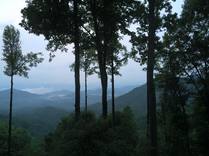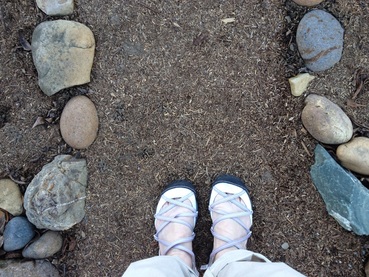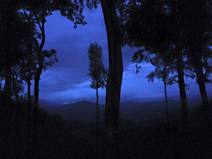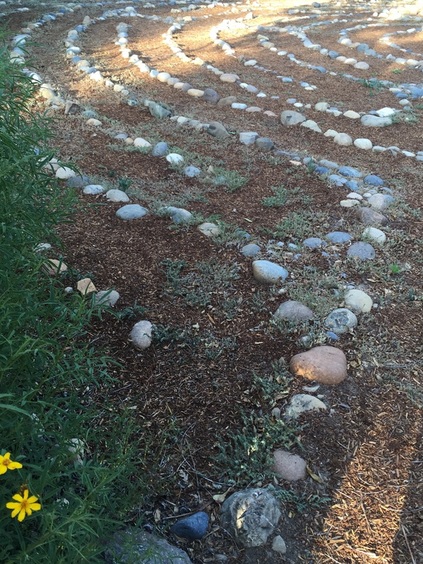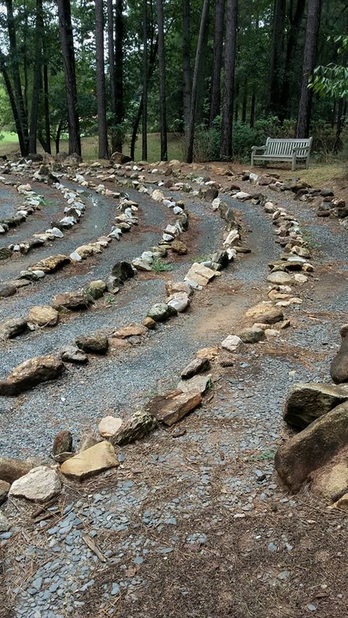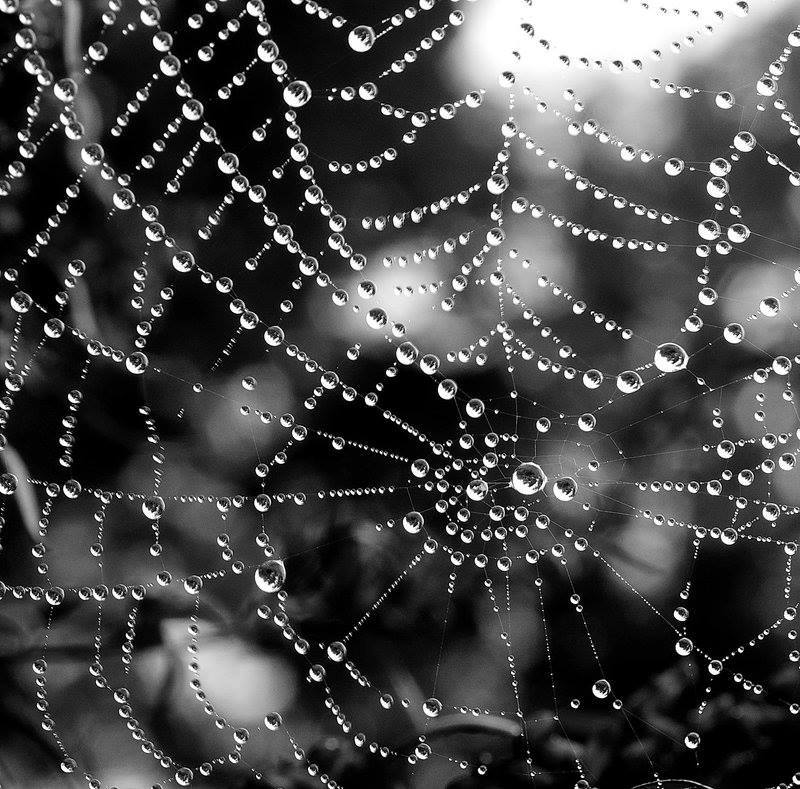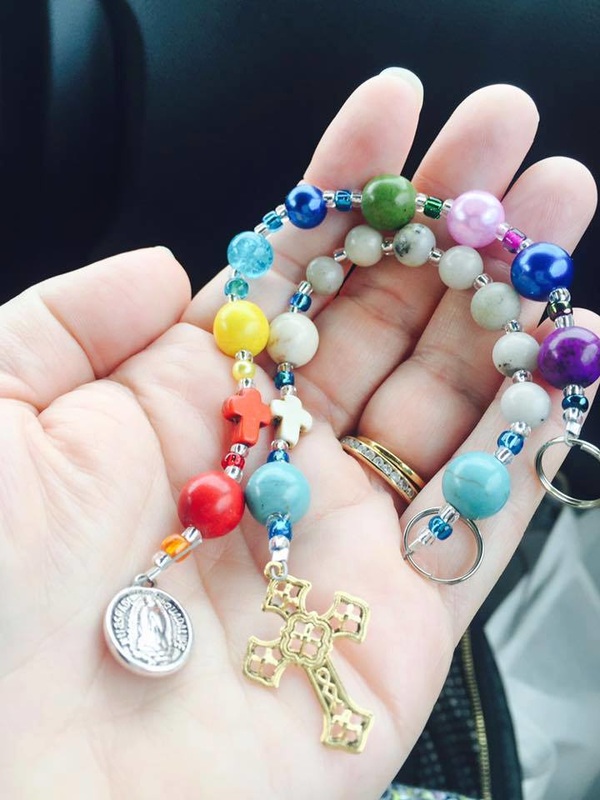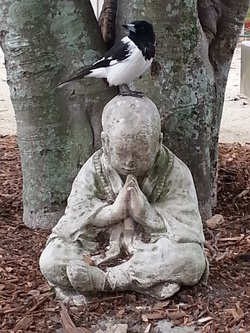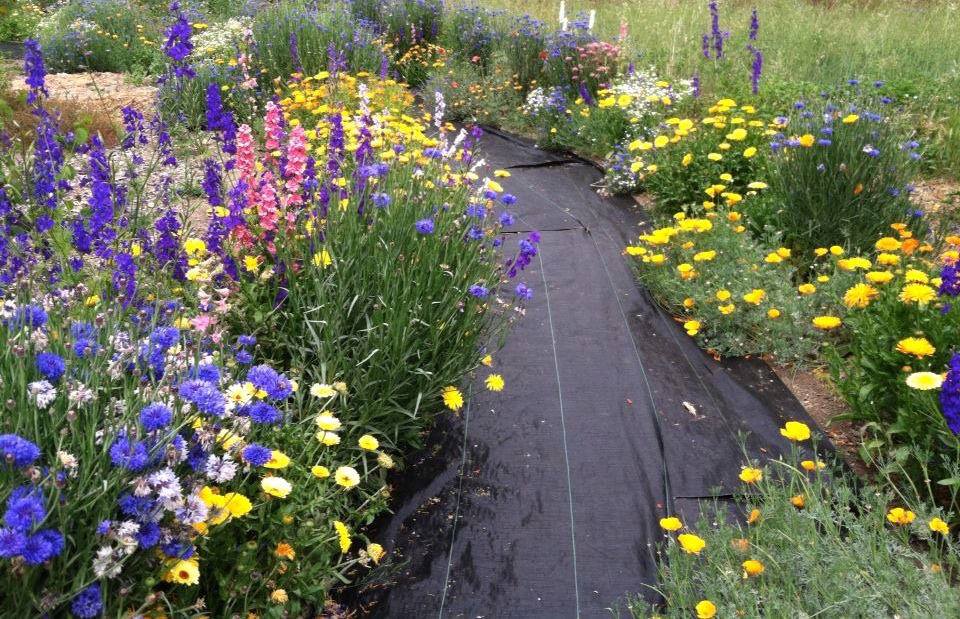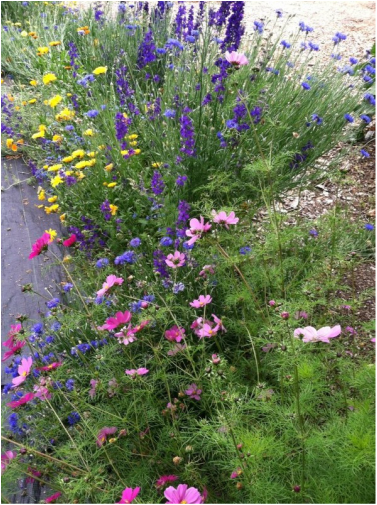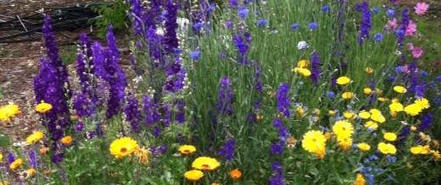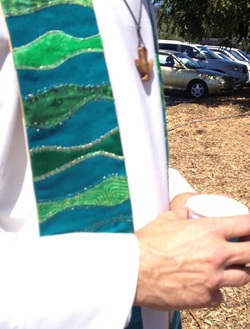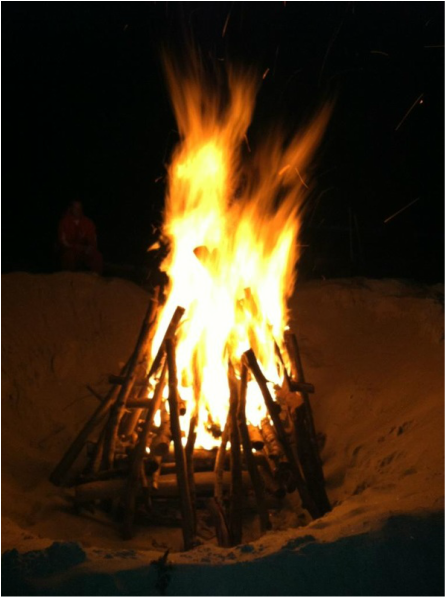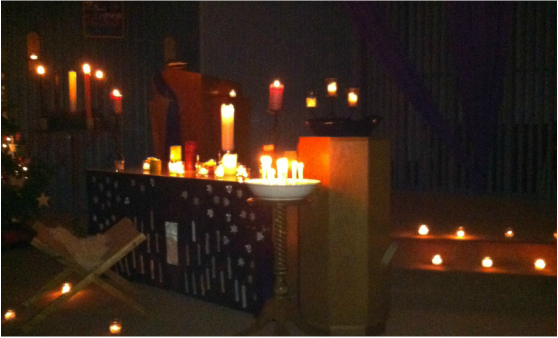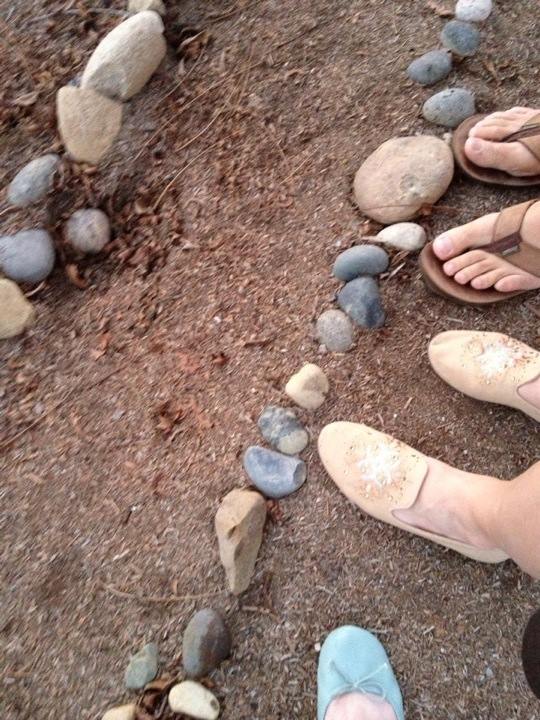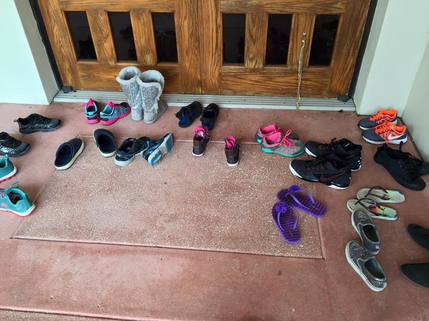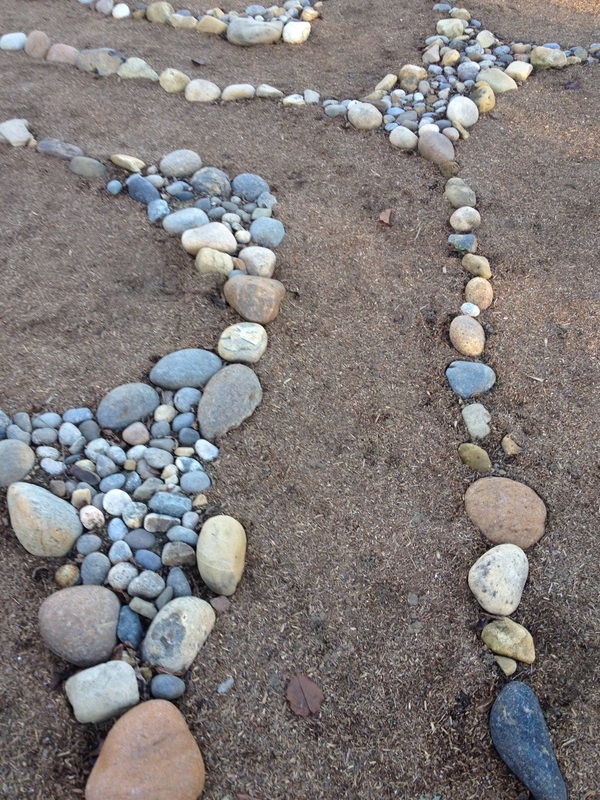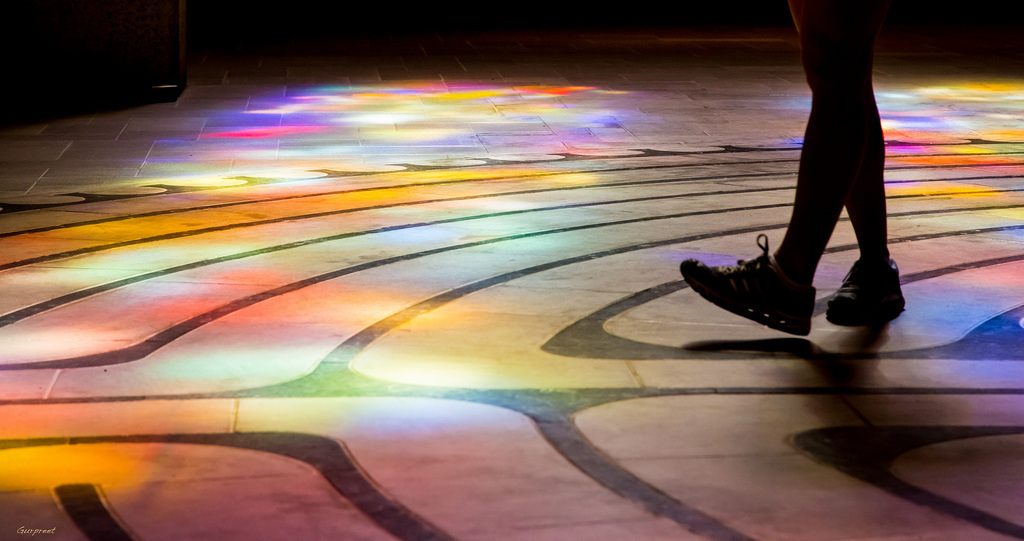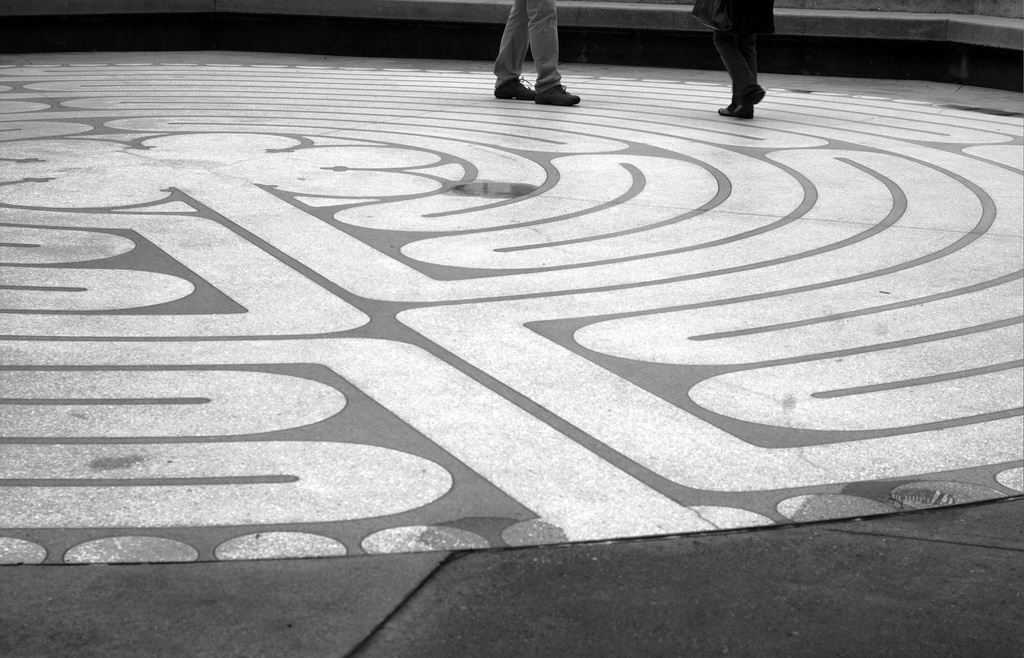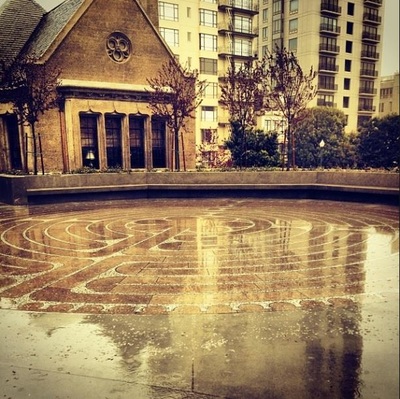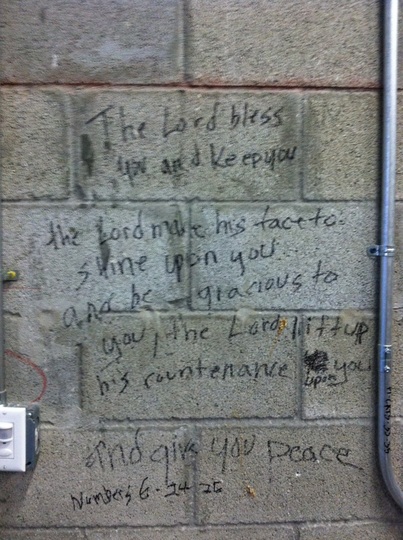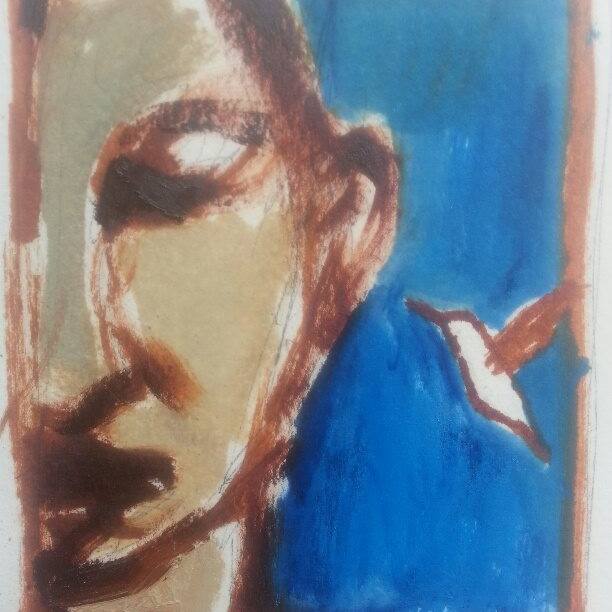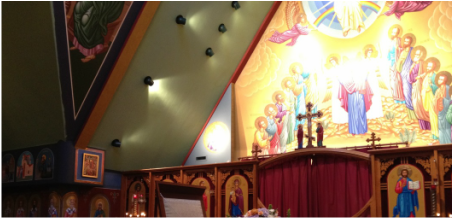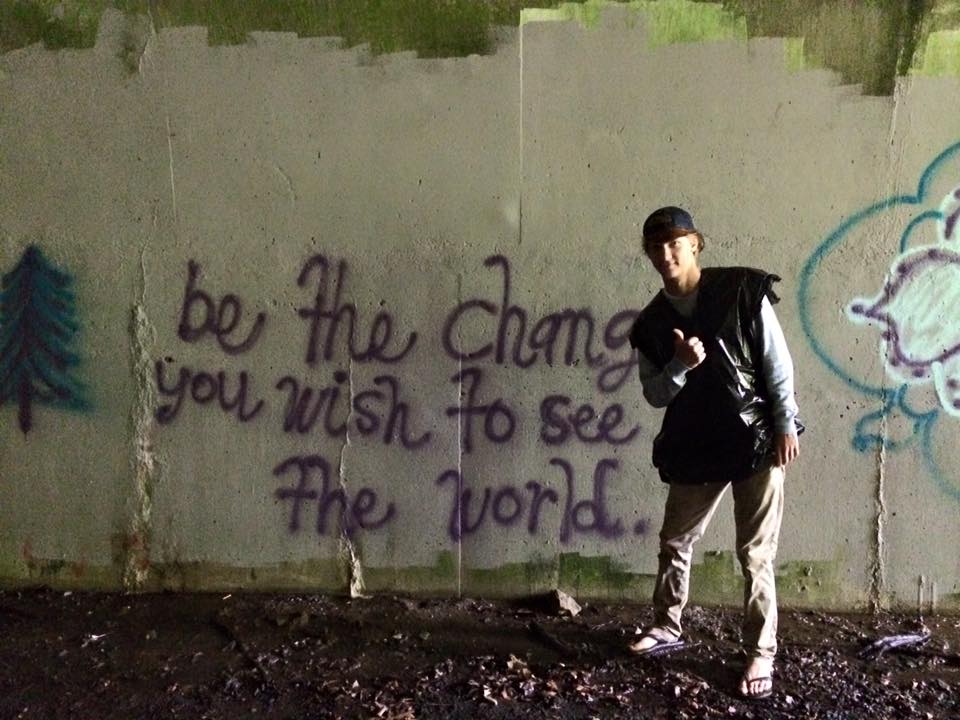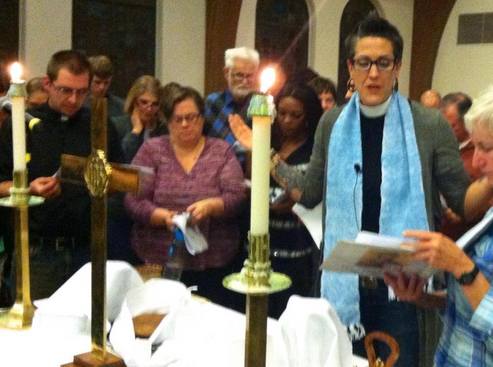allies of abbey are those we support informally and with whom we share mutual respect as we work toward awareness, empathy, compassion and self-compassion, wholeness, health, wellbeing, care of body, mind and spirit, tending the inner, internal life.
Some of us share symbols -- the Spiral, Labyrinth, Rose and others, universal and ancient -- tools carried forward through time to evoke a sense of connectedness through the years to sacred space and place. They are useful to enhance memory, centering, meditative states, prayer, and a kind of inner Pilgrimage.
"Pilgrimage" is commonly understood as a process - making a literal or symbolic journey to a holy place (think Prologue to the Canterbury Tales, Dr. R!.) -- a pilgrim, someone who takes such a journey as an act of devotion. This definition of pilgrimage is external. The holy place is outside; the devotion is something that requires our traveling to express.
"Buddhism depicts pilgrimage as the journey to know one's self completely. The holy place is the inner world, The holy place is a greater level of awareness developed throughout the journey. The practice of pilgrimage is not really about going somewhere at all. It's about opening ourselves to whatever we encounter along the way, to whatever assists or encourages us to know our selves more deeply and more intimately."
Claude AnShin Thomas
From “At Hell’s Gate: A Soldier’s Journey from War to Peace”
Labyrinths have many roots and sources, predating formal religious systems, and existing on every continent.
In Europe during the Middle Ages, they developed when robbers made it too dangerous for those making pilgrimage to continue to travel the long roads to holy places and shrines by foot. Labyrinths, "contained" metaphors, made possible a safe, inner sense of pilgrimage. Eventually, great Cathedrals were constructed around them..
Symbols are steeped in meaning, seen, psychologically, as archetypal - part of deep streams of wisdom which flow together in a kind of sameness regardless of culture, location, or time. Some religious, spiritual, and secular traditions find symbols beneficial, others forbid their use. Some believe symbols have innate power, others believe they only have the power individuals imbue them with. The more supposedly advanced the culture - the less highly they may, over time, tend to regard symbols.
Perhaps far more immediate in terms of contemplative encounter than the use of symbols and tools is simply being present in nature. Speaking psychologically, we internalize both real-life experiences and the symbolic through the processes of memory.
Some of us share symbols -- the Spiral, Labyrinth, Rose and others, universal and ancient -- tools carried forward through time to evoke a sense of connectedness through the years to sacred space and place. They are useful to enhance memory, centering, meditative states, prayer, and a kind of inner Pilgrimage.
"Pilgrimage" is commonly understood as a process - making a literal or symbolic journey to a holy place (think Prologue to the Canterbury Tales, Dr. R!.) -- a pilgrim, someone who takes such a journey as an act of devotion. This definition of pilgrimage is external. The holy place is outside; the devotion is something that requires our traveling to express.
"Buddhism depicts pilgrimage as the journey to know one's self completely. The holy place is the inner world, The holy place is a greater level of awareness developed throughout the journey. The practice of pilgrimage is not really about going somewhere at all. It's about opening ourselves to whatever we encounter along the way, to whatever assists or encourages us to know our selves more deeply and more intimately."
Claude AnShin Thomas
From “At Hell’s Gate: A Soldier’s Journey from War to Peace”
Labyrinths have many roots and sources, predating formal religious systems, and existing on every continent.
In Europe during the Middle Ages, they developed when robbers made it too dangerous for those making pilgrimage to continue to travel the long roads to holy places and shrines by foot. Labyrinths, "contained" metaphors, made possible a safe, inner sense of pilgrimage. Eventually, great Cathedrals were constructed around them..
Symbols are steeped in meaning, seen, psychologically, as archetypal - part of deep streams of wisdom which flow together in a kind of sameness regardless of culture, location, or time. Some religious, spiritual, and secular traditions find symbols beneficial, others forbid their use. Some believe symbols have innate power, others believe they only have the power individuals imbue them with. The more supposedly advanced the culture - the less highly they may, over time, tend to regard symbols.
Perhaps far more immediate in terms of contemplative encounter than the use of symbols and tools is simply being present in nature. Speaking psychologically, we internalize both real-life experiences and the symbolic through the processes of memory.
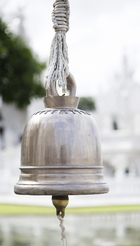
Photos below taken recently
from approximately
the same location each day at a
different time - on a compassionate
working retreat of teens who
used their summer vacation to engage,
build, repair, clean, paint together
with First Nation Cherokee families
in North Carolina.
Courtesy Jill Bergkamp,
United Methodist Church of the Palm Beaches
from approximately
the same location each day at a
different time - on a compassionate
working retreat of teens who
used their summer vacation to engage,
build, repair, clean, paint together
with First Nation Cherokee families
in North Carolina.
Courtesy Jill Bergkamp,
United Methodist Church of the Palm Beaches
Led by Wesley Clark III, thousands of US veterans bow in prayer, repent for our historical and current sin against First Nation brothers, Wounded Knee, December, 2017.
sacred spiral, wildflower spiral,
|
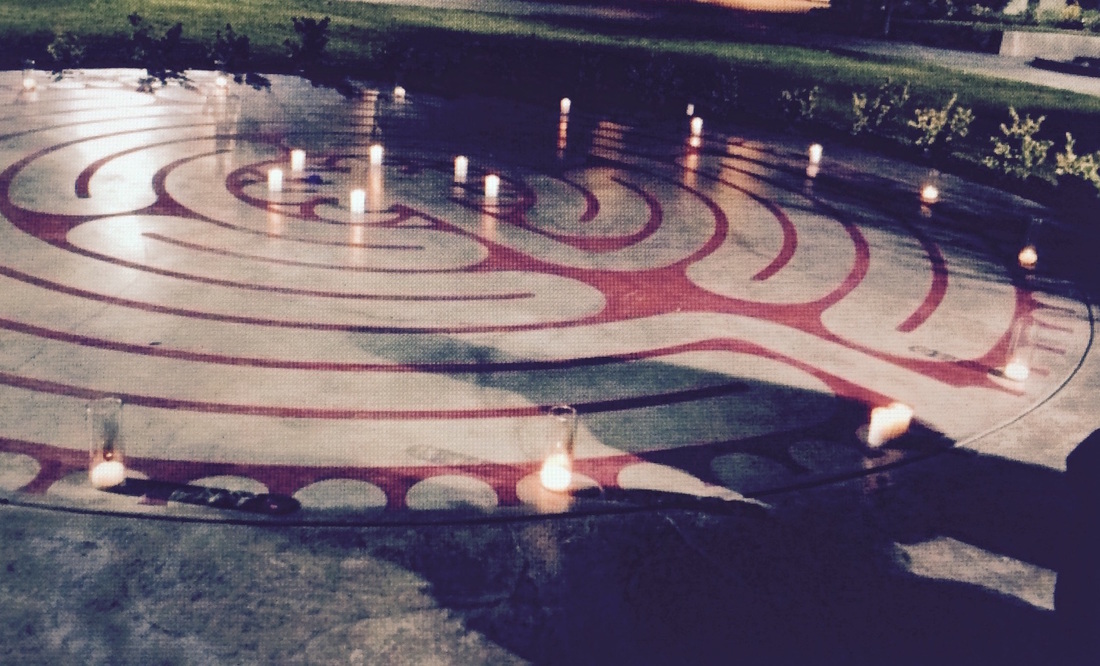
labyrinth and taize
Outdoor labyrinth and weekly Taize, Cupertino, Tuesdays 6:30pm - 7:15pm) St. Jude's Episcopal, near DeAnza college. Taize is a service that lends itself to late-comers or folk who need to leave early. Contemplative morning prayer, 9:15am - 9:45am M-F. Centering prayer. website stjudesepiscopal.org Contact: [email protected] 20920 McClellan Road, Cupertino, CA 95014 Doorways. Entrances.
At times, first steps may be ambivalent ones at best.Steps to Labyrinths, sacred spirals, doors, steps into therapy, into community, into relationships and communities where we may be known simply for who we are. Here, young people have just entered through the door. United Methodist Church of the Palm Beaches, FL A Labyrinth asks only that we enter. The turns take us, -- away from our sense of direction, time, and control, and yet eventually brings us safely to the center. Safe home.
two labyrinths
Grace Cathedral, San Francisco The indoor labyrinth, a replica of the labyrinth in Chartres Cathedral, France. It is available for walking on a daily basis when the Cathedral is open (normally 8 - 6pm M-S and 8 -7pm on Sun., when no special events or services are being held). On Sundays, evening Eucharist occurs on the indoor labyrinth at 6 p.m. A monthly candlelight labyrinth walk is held on the indoor labyrinth, typically on the second Friday evening of each month. The outdoor labyrinth is always open. (Parking available for a fee, under the Cathedral, entrance off Taylor St., and also across from the front of the Cathedral.) Blessings,
in ancient Hebrew, were were written on parchment. Sometimes, today, they are written on a wall of an unfinished building project in a church filled with hope. "The Lord bless you and keep you. The Lord make his face to shine upon you - and give be gracious unto you. The Lord lift up his countenance upon you and give you peace." 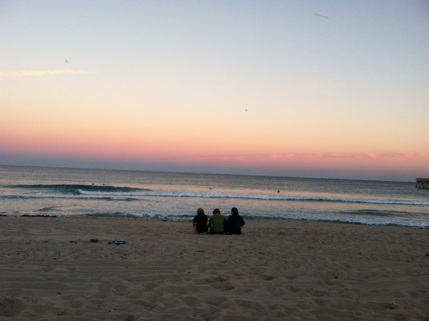
Three in the sunset.
One graduates, two left behind. Thoughtful article on Buddhist prayer:
The Paradox of Prayer - Lion's Roar Nov. 15, 2014 Prayer is alive and well in Western Zen, says Jan Chozen Bay, even as it challenges us to make sense of what we’re doing. LIONSROAR.COM|BY JAN CHOZEN BAY |
|
Sts. Peter & Paul Orthodox Church, Ben Lomond, CA.
Youth from the Cherokee Project
walk Road to Nowhere, North Carolina. |
Nadia Bolz-Weber, writer, inclusive Lutheran Pastor of House for All Sinners and Saints, CO, describes her ministry as "to the outsider", yet ironically is one of the most consistently read clergy today, a thoughtful, incisive blending of ancient, traditional and contemporary perspectives. Here, presiding at Communion wearing, instead of a clergy stole, a blue scarf sent to her by the parents of a young adolescent who recently suicided. At his parents' request, it is worn as a symbol this tragic loss of life e and that of many others, due to severe. unremitting gender-based harassment and bullying. A courageous, thinking, people's Pastor, Nadia insists on applying common sense to ancient symbols and liturgy, valuing both the meaning of the tradition and the importance of revitalizing those symbols by applying their meaning to contemporary issues. |
You, who are on the road Must have a code
That you can live by.
And so -- Become Yourself
Because the past Is just a good-bye
Teach your children well
Your father's hell did slowly go by
And feed them on your Dreams
The one they pick The one you'll know by
Don't you ever ask them why
If they told you you would cry
So just look at them and sigh
And know they love you.
And you of tender years Can't know the fears
That your elders grew by
And so please help them with your youth
They seek the truth before they can die
Teach your parents well.
The children's hell will slowly go by
And feed them on your dreams
The one they pick The one you'll know by
Don't you ever ask them why -
If they told you you would cry
So just look at them and sigh And know they love you.
Teach Your Children, Crosby, Stills, and Nash. Released, 19
That you can live by.
And so -- Become Yourself
Because the past Is just a good-bye
Teach your children well
Your father's hell did slowly go by
And feed them on your Dreams
The one they pick The one you'll know by
Don't you ever ask them why
If they told you you would cry
So just look at them and sigh
And know they love you.
And you of tender years Can't know the fears
That your elders grew by
And so please help them with your youth
They seek the truth before they can die
Teach your parents well.
The children's hell will slowly go by
And feed them on your dreams
The one they pick The one you'll know by
Don't you ever ask them why -
If they told you you would cry
So just look at them and sigh And know they love you.
Teach Your Children, Crosby, Stills, and Nash. Released, 19
